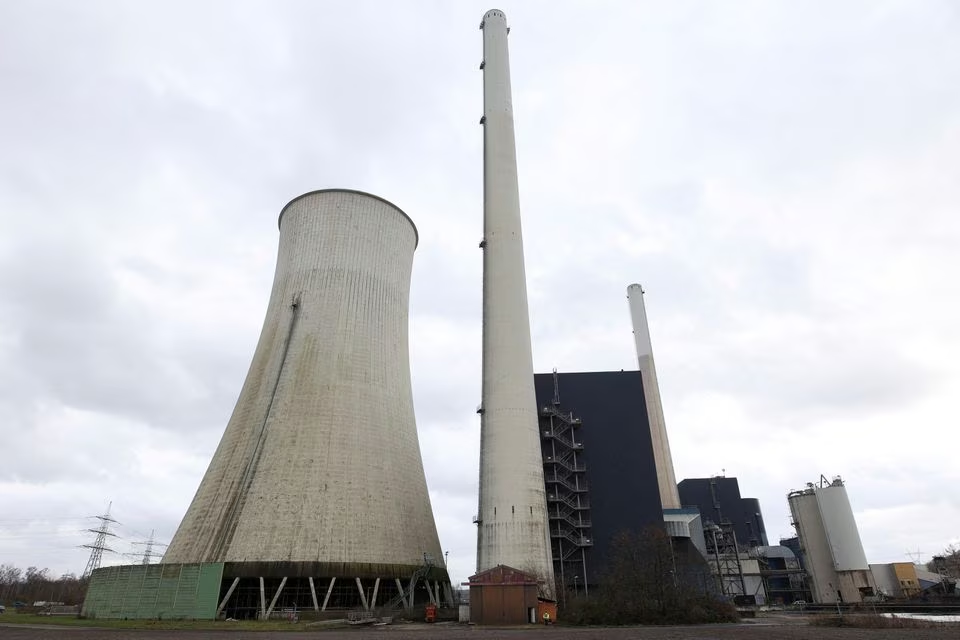In Short : As of my last knowledge update in January 2022, there isn’t a widely recognized term or event specifically known as “The Great India Power Challenge.” It’s possible that it could refer to a particular event, initiative, or challenge related to India’s power sector, energy policies, or a specific campaign.
In Detail : INDIA POWER REGULATOR, Central Electricity Authority (CEA), celebrated its 50th foundation day on October 15. It recently released data on growth of India’s electricity sector since Independence which is an eye-opener for policymakers, industry and the public. It shows the country’s steady progress, but also reveals why its power sector is still struggling with fundamental issues, especially in transitioning to clean energy. The data shows that India’s dependence on fossil fuels has not come down much despite its rapid renewable capacity addition. Further, growth in capacity in most conventional segments has stagnated since 2017.
Generation capacity grew from 1.3 gigawatts (GW) in 1947 to 105 GW in 2002. It further grew to 399 GW in 2022 and 416 GW in FY23. In 1950, India had only 3,061 electrified villages. Now, the number is 5,97,464. Per capita consumption, 16 kilowatt hours (kWh) in 1947, was 1,327 kWh in 2023, well below the global average of 3,210 kWh (2020) and way lower than 10,000 kWh in Canada, U.S., Korea and Australia.
Fossil Fuels Go On
The country is still massively dependent on fossil fuels, according to CEA. Out of 16,17813 gigawatt-hour (GWh) gross electricity produced in the country in FY23, 11,82,096 GWh, or 73%, was produced by coal/lignite plants, which are now only 50% of installed capacity. In FY22, coal/lignite had accounted for 72.66% production. Contribution from renewables, except large hydro, was only 2,03,552 GWh, or 12.58%, in FY23 and 11.51% in previous fiscal. Contribution from natural gas was only 23,885 GWh or 1.48%. Nuclear contributed 45,861 GWh or 2.83%. Diesel was just 320 GWh (0.02%). Hydropower (above 25MW) continues to be a major source and accounted for 1,62,099 GWh or 10.02% of total power generated in FY23.
Conventional Decline
Coal and lignite-based capacity expanded from 71.121 GW in 2007 to 192.163 GW in 2017. Thereafter, focus on renewables meant it grew to 211.8 GW in FY23, just 19.2 GW growth in last six years.
India depended on large hydro projects for economic growth during initial years. From 508 MW during Independence, it built numerous hydroelectric stations above 25-MW capacity to reach an installed capacity of 44.4 GW by 2017. Thereafter, yearly capacity addition has been minuscule — it was 46.8 GW in March 2023, an increase of just 2.3 GW in six years.
If coal/lignite and hydro capacity has stagnated, gas/liquid-based capacity has shrunk. India started building such plants in 1966. Capacity grew to 2.3 GW in 1990 and 25.3 GW in 2017. Growth was flat after that. Installed capacity was 24.8 GW in FY23. Similarly, installed capacity of diesel-based plants peaked at 1.2 GW in 2012. Thereafter, it fell to 510 MW in 2022. It was 589 MW in FY23. Nuclear-based capacity has also been stagnant (6.7 GW) since 2017.
Interestingly, based on Centre’s policy plans, International Energy Agency (IEA), which came out with ‘India Energy Outlook’ in 2021, predicts that share of coal in power generation will drop from 65.4% in 2023, 64.1% in 2024 and 63.6% in 2025. It is projected to shrink to 54.6% by 2030 and 34.3% by 2040. As against this, share of solar is predicted to grow from 4.8% in 2021 to 15.9% in 2030 and 31.4% in 2040. ”India faces a range of energy security challenges. Based on today’s policy settings, combined import bill for fossil fuels is projected to triple over next two decades”, says the report. ”For a fast growing country like India, energy security and affordability are important and, therefore, coal will continue to be a major source of energy,” says Saugata Saha, president of US-based S&P Global Commodity Insights.
Renewable Growth
The biggest growth in renewables has come from solar capacity. It was 212 MW in FY09. In FY23, it was 66.7 GW. The next highest growth has come from wind energy, from 9.3 GW in FY09 to 42.6 GW in FY23. Biomass has grown from 1.6 GW in FY09 to 10.2 GW in FY23.
As of now, capacity of power utilities stands at 416 GW, of which coal/lignite accounts for 211.8 GW, about 50.9%. The next biggest is renewable, 125.1 GW, or 30% of capacity. Hydro’s share is only 11.26% at 46.8 GW. Natural gas accounts for 24.8 GW, just 5.97%, and nuclear is at 6.780 GW, 1.63% of the basket.
In consumption, industry leads by consuming 42.4% of the 14,03,400 GWh produced in FY23. Household consumption was 3,62,000 GWh or 27.2% of the total. The third highest user was agriculture with 2,40,800 GWh, accounting for 17.16% of the total. Commercial consumption is 1,05,100 GWh or 7.49%.
CEA data also shows that India and Brazil are top in electricity transmission and distribution losses. In 2020, world average was 7.53%, Brazil was at 20.76% and India at 20.73%. The next highest were South Africa with 13.69%, Russia (12.75%) and U.K. (9.38%). T&D losses were much less in Korea (3.63%), China (4.74%) and U.S. (5.24%).
It is vital for India to take up the challenge of a sustainable and affordable fuel transition without affecting future economic growth prospects.

